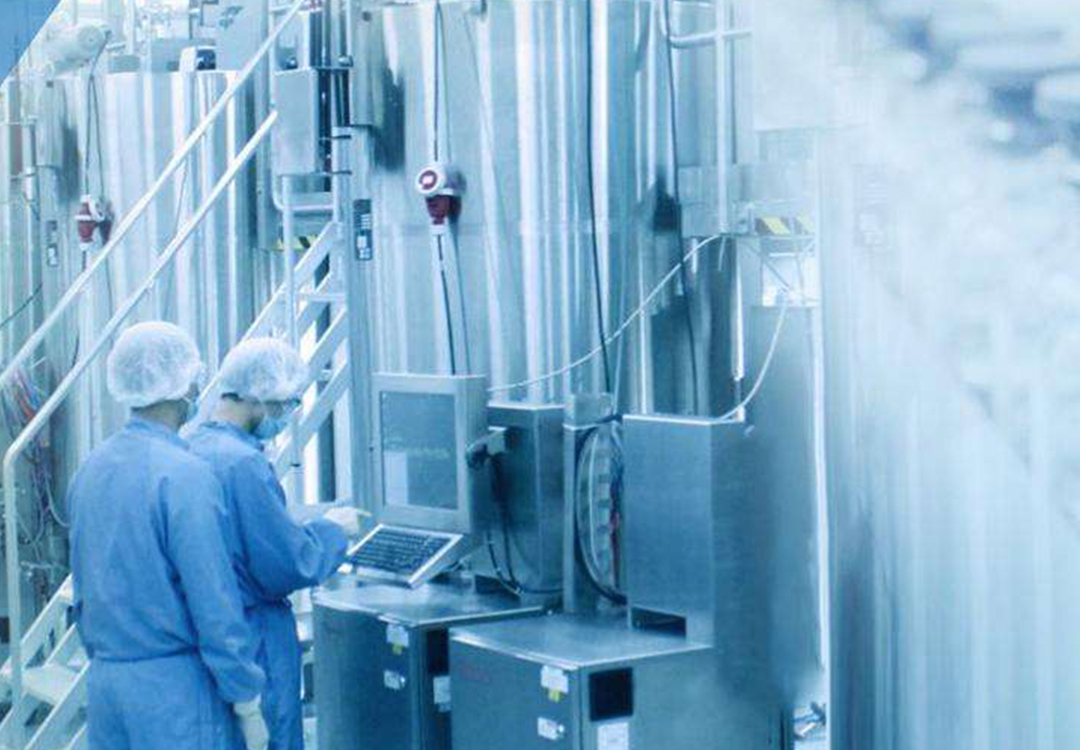GMP standard is a set of mandatory standards suitable for pharmaceutical and food industries, which requires enterprises to meet the sanitary quality requirements according to relevant national laws and regulations from the aspects of raw materials, personnel, equipment, production process, packaging and transportation, quality control, etc., and form a set of operable operating norms to help enterprises improve the sanitary environment, find the problems existing in the production process in time, and improve them.
The quality of drugs is not tested, but the quality of drugs is guaranteed by putting the whole process of drug production under scientific, strict and strict management and control. therefore, qualified drugs must meet two conditions, one is that the drug itself meets the quality standards, and the other is that the whole process of production must comply with GMP. This is the reason why the production environment of drug manufacturing enterprises must meet the GMP standards.
The clean area of bio-pharmaceutical enterprise workshop is divided into A, B, C, D, four level areas.
It mainly takes the number of bacteria and dust particles in the environment as the main control object. at the same time, it also regulates the ambient temperature, humidity, pressure difference, illumination noise and so on.
Area A: high-risk operation areas, such as filling areas, areas where rubber stoppers, open ampoules, open Xilin bottles and sterile assembly lines or connecting operations are placed.
The laminar flow operating platform (hood) is usually used to maintain the environmental state of the area.
The laminar flow system must supply air evenly in its working area, and the wind speed is 0.36--0.54M/S, (guide value).
There should be data to prove the status of the laminar flow and need to be verified.
In a closed isolation operation area or glove box, one-way flow or lower wind speed can be used.
Area B: refers to the background area where the level An area of high-risk operations such as aseptic preparation and filling is located.
C and D areas: refer to the clean operating areas that are less important in the production of aseptic drugs.
> level A, level B is equivalent to level 100, and the background environment of level An is higher and more stringent.
> level C is equivalent to ten thousand, level D is equivalent to 100,000.
Clean tunnel: 100% coverage of the process area or work area with HEPA or ULPA filter increases the cleanliness level of the GMP purification workshop to more than 10, which can save installation and operation costs.
In this type, the work area of the operator should be isolated from the maintenance of products and machines, so as to avoid affecting the work and quality during machine maintenance.
Most of the ULSI processes adopt this type.
Clean tunnel has two other advantages: A.
Flexible expansion is easy; B.
Maintenance of equipment can be easily carried out in the maintenance area.


 Multicellularity in animals: The potential for within-organism conflict
Multicellularity in animals: The potential for within-organism conflict